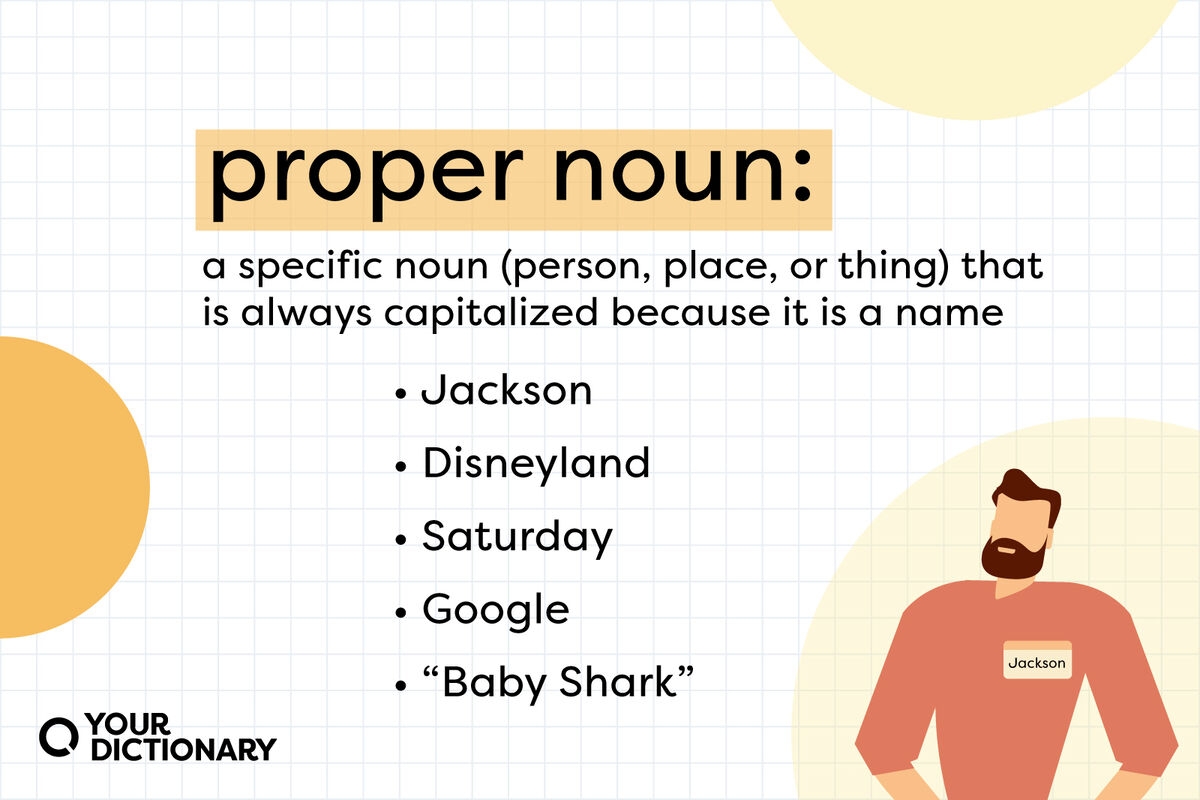Proper nouns and proper names are often used interchangeably, but there is a subtle difference between the two. Understanding this difference can help you communicate more effectively and use language more precisely.
Proper nouns are a specific type of noun that refers to a unique entity, such as a person, place, or thing. They are always capitalized, regardless of where they appear in a sentence. Proper names, on the other hand, are the specific names of people, places, or things that serve as proper nouns.
Proper Nouns vs Proper Names
Proper nouns refer to a particular person, place, or thing and are always capitalized. For example, “New York City” is a proper noun because it refers to a specific city. Proper names, on the other hand, are the specific names given to these entities, such as “Jane Smith” or “Empire State Building.”
Proper nouns are used to identify a specific entity, while proper names are the names given to these entities. For example, “Eiffel Tower” is a proper noun that refers to a specific structure, while “Gustave Eiffel” is the proper name of the person who designed it.
Proper nouns can be common nouns that have been capitalized to denote their importance, such as “The White House” or “The Great Wall of China.” Proper names, however, are the names that have been given to these entities, such as “Donald Trump” or “Mao Zedong.”
It is important to distinguish between proper nouns and proper names to ensure clear and accurate communication. By understanding the difference between the two, you can use language more effectively and convey your ideas more precisely.
In conclusion, proper nouns and proper names are closely related but distinct concepts in grammar. Proper nouns refer to specific entities that are always capitalized, while proper names are the specific names given to these entities. By recognizing this difference, you can enhance your communication skills and use language more accurately.
